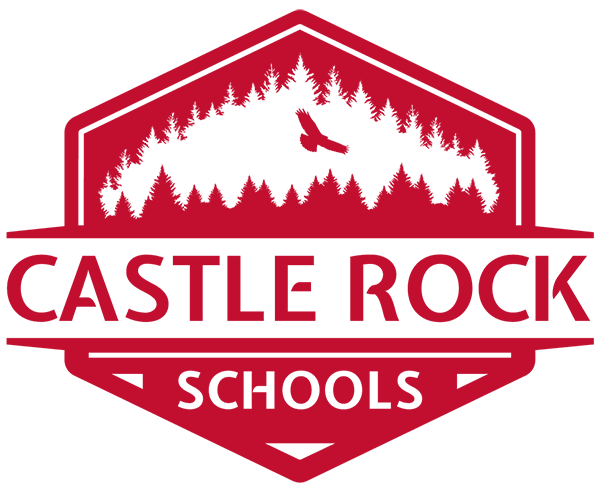Welcome to Castle Rock School District
We are thrilled to have you as a part of our team! Please feel free to contact your mentor and myself at any time for support, ideas, or just someone to talk to. I know you will do a great job with our Castle Rock Students!
Room Environment: Your home away from home!
Create Classroom Learning Zones! Veronica Lopez shares tips for creating the perfect classroom environment. Check it out…
TIPS: Think about classroom space fundamentals! (by Todd Finley)
Also, your classroom walls are important learning real estate — spaces to fill with content-related murals, posters, banners, whiteboards, and bulletin boards.


